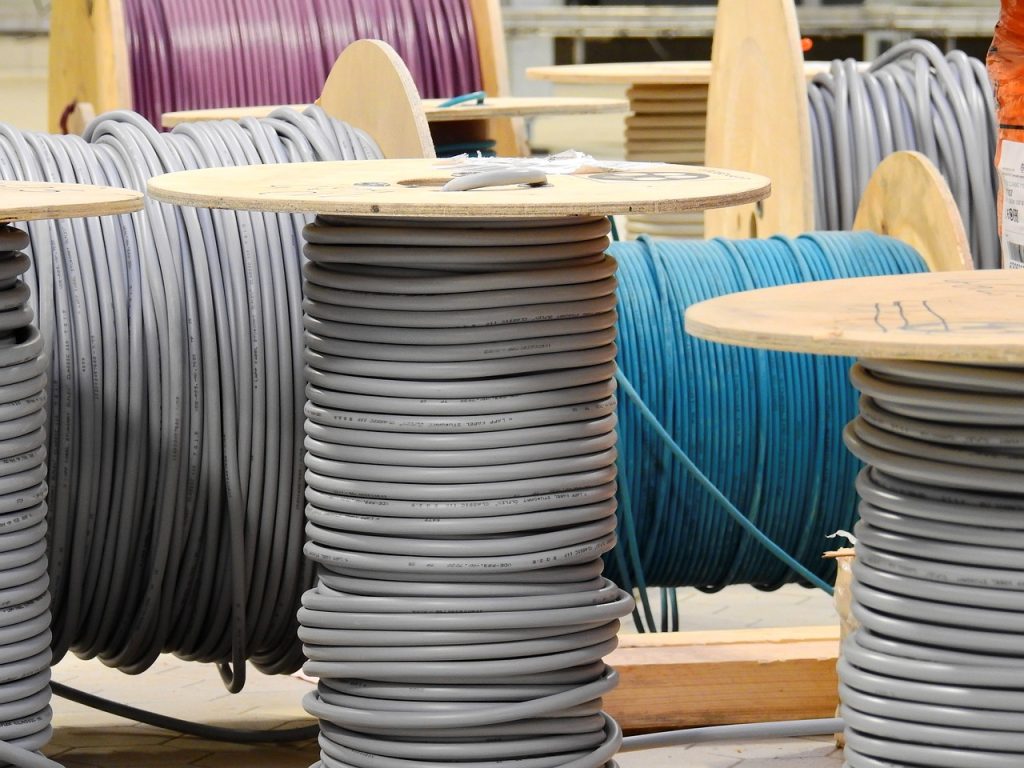
Introduction
When installing solar panels, one of the most important aspects is creating an aesthetically pleasing design. One of the challenges here is the elimination of cables, which can otherwise form a tangle of wires and detract from the visual aspect of the solar panel installation. In this blog post, we will explore how proper cable management in solar panel installation can be accomplished with both functionality and aesthetics in mind.
Planning and design
Before installing the solar panels, it is crucial to prepare a detailed plan and design. This includes determining the optimal location for the solar panels and identifying possible routes for the cables. By following these steps carefully, installers can ensure that they are as invisible as possible and that the installation looks neat and organized.
Use of concealed cable trays
An effective way to eliminate visible cables is to use concealed cable trays. These trays can be installed discreetly along walls, roofs or other suitable surfaces. Cables can be safely placed in these trays, protecting them from weather and unwanted exposure. With different color options, the cable trays can also be adapted to the environment, making them virtually invisible.
Careful placement of cables
When laying cables, it is important to be precise. By strategically routing them along existing structures, such as eaves or facades, they can be camouflaged and naturally integrated into the building. Additionally, the use of fasteners, such as clips and cable ties, can ensure that the cables stay neatly in place and do not hang loose, reducing the risk of damage.
Integration into the environment
Another important aspect of cable management is integrating the solar array into its surroundings. This can be achieved by using materials and colours that match the existing architecture. For example, if the building’s exterior walls are white, the cable trays and fasteners can also be chosen white to create a seamless transition. By blending the installation into its surroundings, the visual impact is minimized.
Technological innovations and future trends
In addition to existing methods of cable routing, there are technological innovations and future trends that can further improve the aesthetics of solar panel installations. One example is the development of wireless energy transfer systems. These systems use magnetic resonance or inductive coupling technologies to transfer electricity wirelessly, eliminating the need for visible cables. Although these technologies are still under development, they promise an exciting future in which solar panel installations are not only efficient and sustainable, but also completely free of visible cables.
Cooperation between installers and electricians
Successful integration of solar panels and cable routing requires good cooperation between installers and electricians. By working closely together from the beginning, they can find the best solutions for cable management and ensure that the installation operates safely and efficiently. Electricians can also offer valuable insights regarding proper wiring and compliance with applicable electrical codes.
Conclusion:
Cable management when installing solar panels is critical to achieving an aesthetically pleasing and well-organized installation. Through careful planning, the use of concealed cable trays, accurate cable placement and integration into the environment, installers and electricians can work together to achieve a seamless and visually appealing result. By applying these approaches, solar panel installations can not only generate green energy but also contribute to the aesthetics of buildings and the environment seamlessly.








